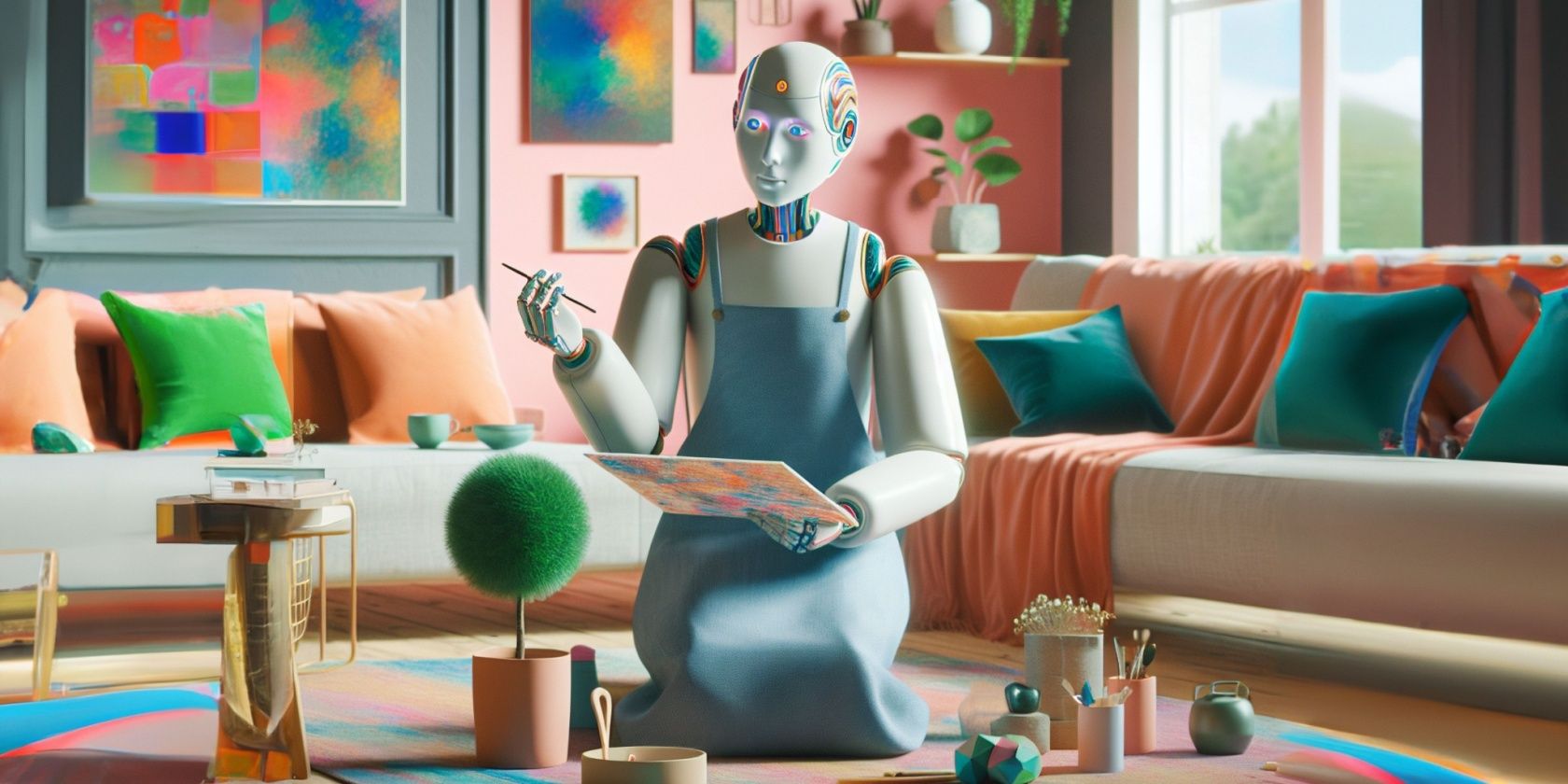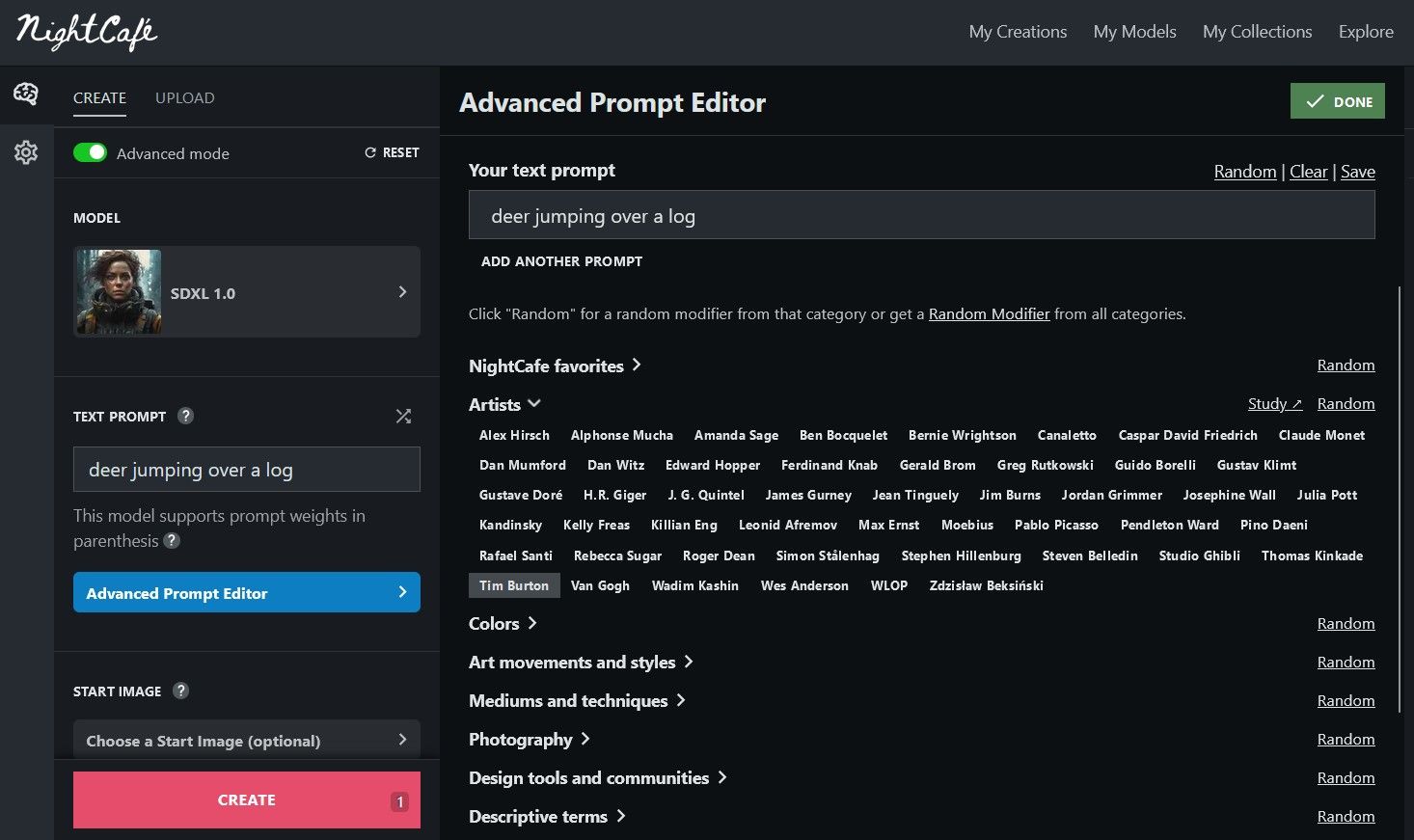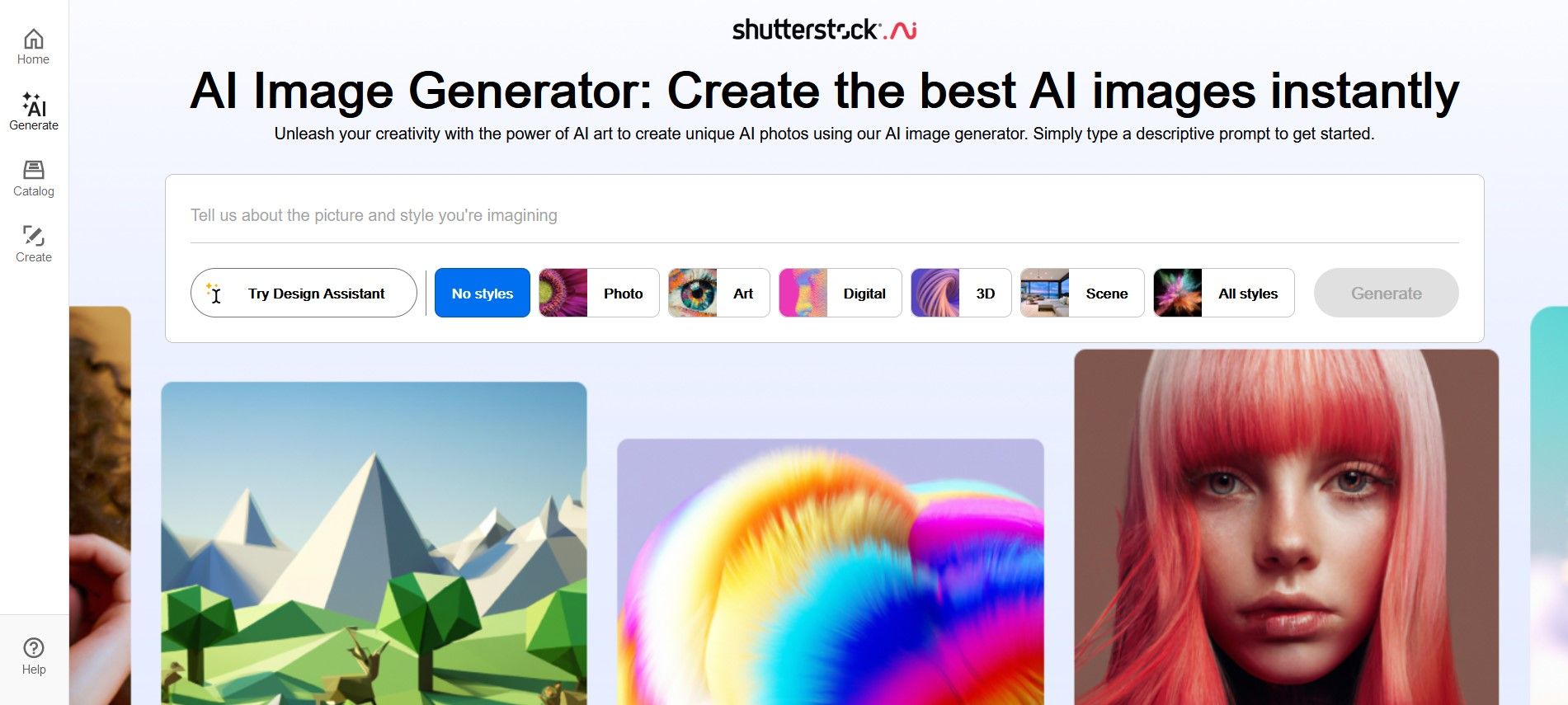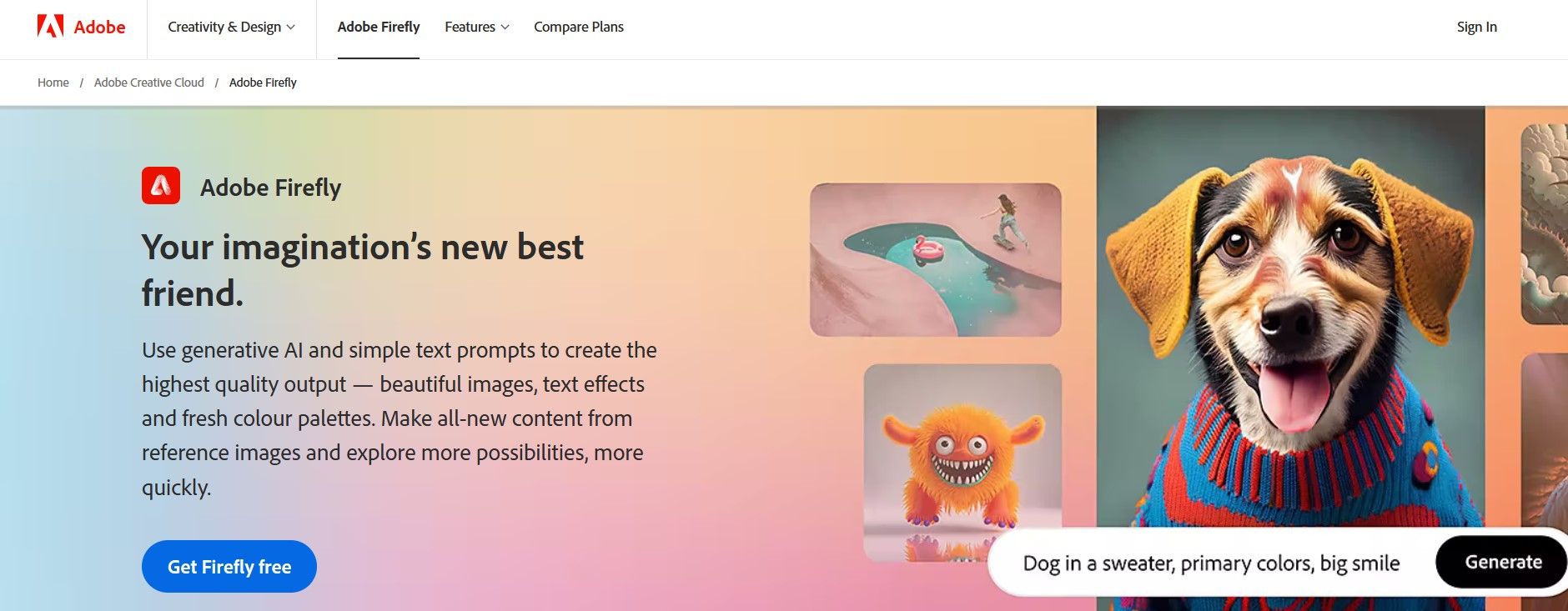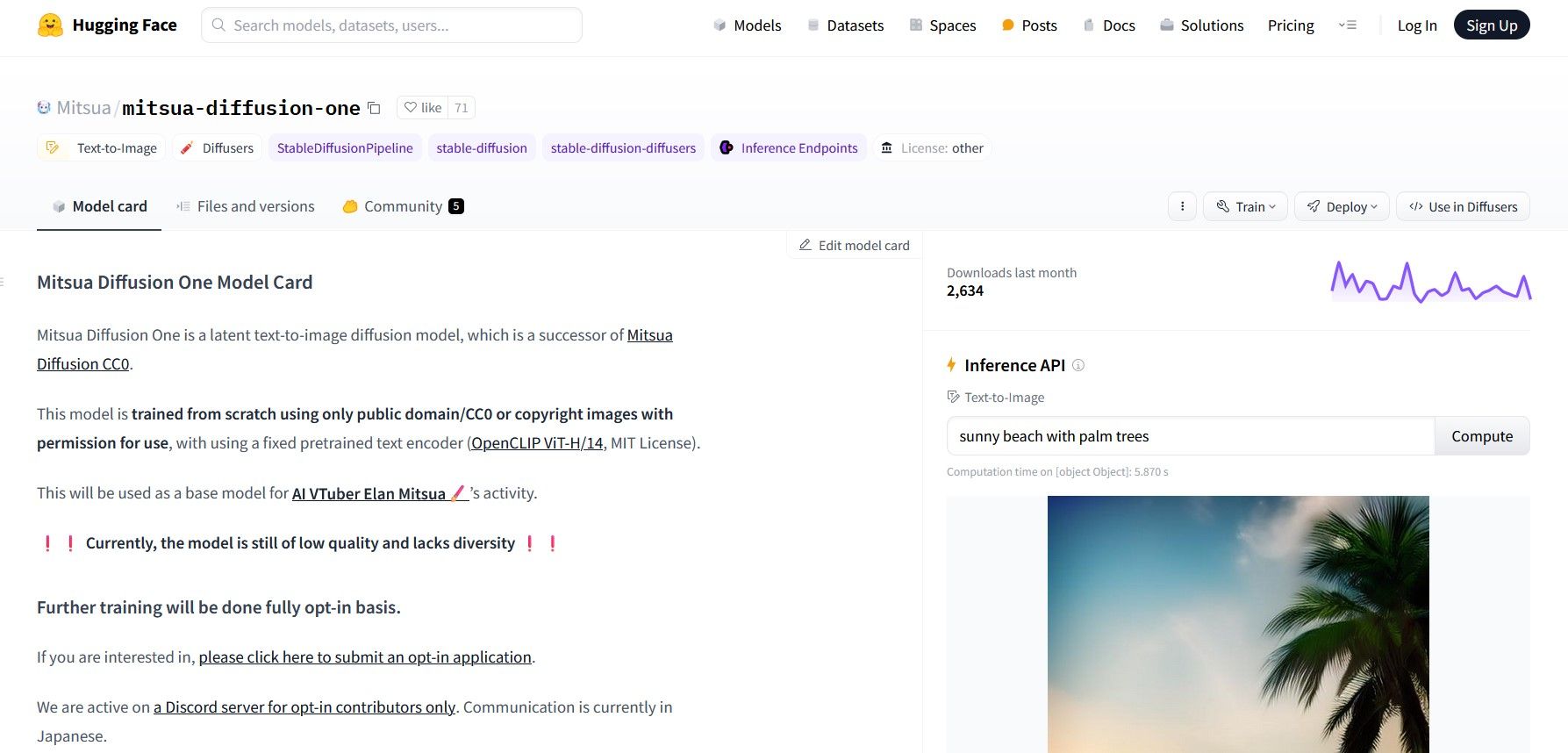Quick Links
Key Takeaways
- Many AI art generators exploit copyrighted works, harming human artists.
- To use AI art ethically, declare it as AI-generated and credit artists.
- Be cautious with using AI art on products and advocate for fair usage rules.
AI art generators are useful, but they come at a cost for human artists. Get to know what the impact is and how you can generate and use AI art as ethically as possible. There are few official rules in place, so you must set your own limits, whether you’re just playing around with the technology or hoping to use it professionally.
Why AI Art Generation Isn’t Ethical
AI engines use machine learning to absorb and make sense of images and relevant data from all over the internet. Some of these online photos, paintings, or digital art are free to use, while others are copyrighted, which generators and their developers tend to ignore. They don’t ask for permission, pay, or even give credit to the artists whose works they mimic.
In 2023, artists and Getty Images sued Midjourney and Stability AI over it. But AI art generators are still getting away with exploiting copyrighted works.
Besides stealing art, creating images with AI engines is taking business away from human artists. This is one of the many ways AI-generated art is changing the future of art.
One way or another, the artistic landscape will need to adapt, if only to avoid greater disruptions for consumers and designers alike.
How to Create and Use AI Art Ethically
The debate surrounding AI art generators poses several questions, like is it even real art if an AI made it? What defines originality? Who is to blame for the AI’s copyright violation? The algorithm, its developer, or the user who entered the prompt?
The complexity of the problem is why it’s taking so long to establish boundaries and laws for AI engine usage. Until then, make a note of the following tips to minimize your impact on artists when you generate AI art.
1. Don’t Try to Profit From AI-Generated Art
Creating a stunning image with AI and posting it on Instagram to simply show people is relatively harmless. The artwork may be based on something copyrighted, but you’re not actively profiting from the image beyond getting some likes.
What's unethical is declaring yourself the artist, using the image on products, or monetizing it. You’d be profiting from other people’s work without their consent.
2. Declare Art as AI-Generated When Sharing It Online
On the topic of AI art ownership, it’s best to acknowledge yourself as the prompt provider and not the artist. Act accordingly when posting your images online.
Add a line or hashtag to mark an image as AI-generated. You can even declare that you’re not the artist and mention who influenced the art. All-in-all, you’re better off being honest.
3. Give Credit to the Artists if You Know Who They Are
Some AI art generators have handy buttons with styles for your images, often labeled with the names of specific artists. Other platforms have vague labels, but which expand your prompts, sometimes mentioning an influencing artist.
When using NightCafé, for example, type in your prompt, and hit Advanced Prompt Editor. Under the Modifiers tab, you'll find the Artists option, which lists real creators whose work can influence your AI art. They include Greg Rutkowski, Jordan Grimmer, and Kelly Freas among other sources.
The right thing to do, especially if you intend to monetize your AI images, is to give credit to the artists. Better yet, ask for their permission or offer a commission. Take the initiative to reduce the harm of AI generators.
4. If You Must Use AI Art on Products, Be Extra Careful
While it’s not a good idea to have an AI-generated image marketing your brand, there’s little stopping you. Platforms like Kindle Direct Publishing (KDP) require you to declare any AI-generated content in publications, but such rules aren't widespread or official laws. There are steps you can take of your own volition to avoid serious backlash.
Firstly, edit the AI image beyond recognition instead of just fixing minor details of Midjourney art with Photoshop. You could use only a part of it or have it as a vague background to your original art. Also, declare your use of AI imagery and give credit where it’s due.
5. Create Original Art With the AI Image as Inspiration
One way to use AI art engines without feeling guilty is to just have them for idea generation. Enter a prompt that clearly describes your vision, gather AI images that inspire you the most, and create original art with them in mind.
AI images are great for a range of things that don't compromise your morals. They’re one of the best tools for creating vision boards with stimulating visuals, and you can make funny birthday cards and other gifts. In other words, personal use of AI art is ethically better than profiting from imagery generated from stolen works.
6. Advocate for a Fair AI Art System
The fine line between good and bad AI image usage is unfortunate because the potential of artificial intelligence to produce works of art and other materials is immense.
Completely discarding the technology would be a mistake, considering how writers can use AI-generated art, not to mention businesses, marketers, and even filmmakers.
What you can do to improve the situation is add your voice to calls for laws that protect artists’ property, and for developers of AI generators to change how their engines acquire data. For starters, images with copyright metadata should be off-limits, unless the artists give permission and get paid accordingly.
In the meantime, avoid unethical use of AI art engines, or stop accessing them completely, cutting off some of the platforms’ online traffic.
7. Don’t Use AI Art Generators
This is the ultimate solution many artists ask for to combat the unethical actions of AI engines and their creators, who add to the immediate risks of artificial intelligence.
When a website loses traffic and potential revenue, its owners pay attention and try to make up for the loss. So, if enough people stop using AI art generators, the brains behind them are forced to reconsider their business strategy.
There’s no guarantee that changes will fully benefit artists, but being crystal clear about why users are unhappy can help steer the industry toward a better system that doesn’t step on anyone’s toes.
Ethical AI Art Generators
Here are some of the most ethical solutions available today for generating AI images while protecting artists' copyright.
1. Shutterstock
The Shutterstock Contributor Fund compensates any artist on the platform whose work is used in AI image generation. Shutterstock also has strict rules about how not to use its AI art—if it features a famous logo or face, for example, you can't use it in any way as it violates intellectual property and could be used for deceptive purposes.
2. Adobe Firefly
Firefly is another ethical AI art generator that only trains its algorithm with its own licensed images from Adobe Stock alongside free-to-use content from the internet. It also compensates contributors and is working toward setting stricter policies for the responsible use of its AI images.
3. Mitsua Diffusion One by Hugging Face
Hugging Face offers its own text-to-image model for generating AI art ethically. It's called Mitsua Diffusion One, and it only trains with images from the public domain or with copyright that allows free use. The app is a work in progress, but it costs nothing and paves the way for better AI generators.
4. Create or Fine-Tune a Stable Diffusion Model
You can start from scratch with a custom Stable Diffusion model and train it with copyright-free content. If you don't have the money or computational power for this, you can always take a pre-existing model, such as Stable Diffusion v1.5 on Hugging Face, and enhance it according to your needs. For extra peace of mind, make sure the model is already ethically trained before fine-tuning it.
Artificial intelligence is a groundbreaking technology that’s here to stay. Its accomplishments are useful and beautiful, but they can also be dangerous. AI art generation harms human artists the most, so make the most of the tips above and find other ways to make AI images less immoral to use.

